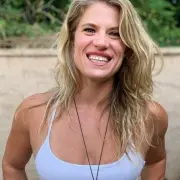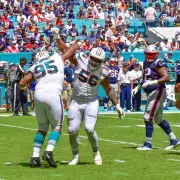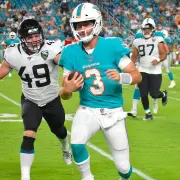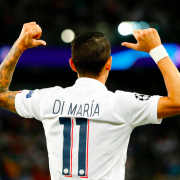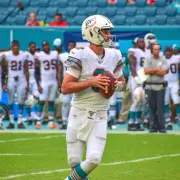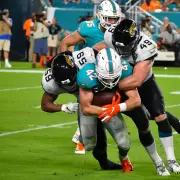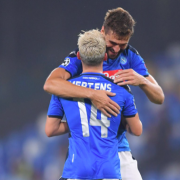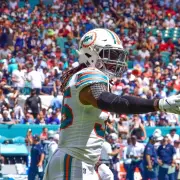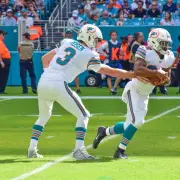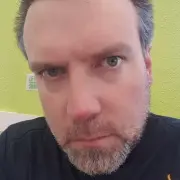How many more weeks of this?
Right. The tank-travesty of this Dolphins season is only two games in and already pushing historical levels of ineptitude.
It would be difficult to recall a more incompetent showing, particularly on offense, than Sunday’s 43-0 drubbing by the Patriots. That is, if memory was limited to less than a week and you’d already forgotten the Ravens running it up 59-10 against an all-but-invisible Miami defense in the opener.
Two first downs through the first three quarters against the Patriots. Two pick-sixes allowed (one of them should be charged to the receiver, not the quarterback). Seven sacks allowed.
So, 102-10 in the first two weeks at home. That’s how far this once-proud franchise has retreated in a strategic rebuild that must have been masterminded by Col. Klink.
Granted, an organization stuck in the throes of mediocrity for two decades needed to try something different. But in a league in which the system is geared for parity it should never be necessary for a team to strip itself to this depth.
For those who have bought into the process of rebuilding through the draft, it’s delusional to think these threadbare Dolphins are going to rise from this mess by stockpiling a handful of extra draft picks.
The way this season is going, there’s nothing for Dolfans to look forward to until next April 23 — draft night. But this isn’t a one-draft fix.
The Dolphins have turned themselves into an expansion team.
Early in my career I covered the Tampa Bay Bucs’ 2-26 first two seasons. That is what we’re looking at here.
Many holes to fill
There are no guarantees in the draft, anyway, particularly for an organization with a subpar record of picking talent, dating to the previous century.
Now there are so many holes to fill, and they seem to have no qualms about digging more.
Yes, they need to find a stud quarterback. But if you can’t put a team around him, what do you have? You have Josh Rosen last year in Arizona. Or this year in Miami.
Trading away a young left tackle like Laremy Tunsil seems counterproductive, regardless of the return of high draft picks.
Now there are indications of willingness to trade DB Minkah Fitzpatrick, another recent first-rounder, and perhaps running back Kenyan Drake as well.
If coach Brian Flores can’t figure how to make productive use of these talented young players, I’m beginning to question his aptitude as head coach. Can only imagine what his players are thinking.
The Flores era couldn’t have gotten off to a rockier start.
Sunday’s game looked like what happens when a major college team faces an outmanned FCS opponent.
Like Bethune-Cookman did against the Hurricanes on Saturday, the Dolphins hung with the Patriots for awhile in the first half.
But even when it was still close, it felt as if the Patriots could do whatever they wanted. Especially when the Miami offense could do nothing at all.
Miami Miracle distant memory
“I thought they played hard,” Flores said of his defense. “I thought the communication was better, the tackling was better. I thought they played hard, and it’s a good [New England] offense. We got them off the field a couple times.”
Can’t knock the effort of the defensive players, especially in the first half. Later, when the runaway train gathered steam, that unit was gassed.
On New England’s final touchdown, a 10-yard screen to James White, the Fort Lauderdale native had four blockers escorting him to the end zone. None of them could find a single white jersey to block.
By then, the memory of the Miami Miracle had morphed to the South Florida Sham.
In the fourth quarter, the TV camera showed Dan Marino, who looked like he’d eaten bad fish at halftime. With good reason.
Is there any logical explanation for Kalen Ballage flubber-handing a routine swing pass into a pick six?
And what’s with a receiving corps with an aversion for the ball? Rosen, in mop-up duty, put deep balls right on the mark to Jakeem Grant and Preston Williams, and neither made the catch. Earlier, DeVante Parker was unable to outwrestle a defender for a spot-on long throw from Ryan Fitzpatrick.
Give Rosen a chance
As for the quarterback situation, there’s no question Rosen should be the starter going forward. He’s more mobile and showed the arm strength and ability to deliver the ball on target down the field.
Not to say Rosen could rescue this already lost cause — or that Fitzpatrick is necessarily to blame for the offense’s woes.
If this miserable season is going to achieve anything, why not find out what the former 10th overall draft pick (of Arizona in 2018) Miami traded a second-round pick for can do and get him some experience?
After the game, Flores said Fitzpatrick is the starter, for now. That could change before next week at Dallas.
Maybe it’s not even in Rosen’s best interest to play, considering the inability of the line to protect either passer. He nearly blew out his knee scrambling out of bounds.
But it’s madness to keep beating one’s head against the same door and expecting it to open.
How many more weeks of this?
Craig Davis has covered South Florida sports and teams, including the Dolphins, for four decades. Follow him on Twitter @CraigDavisRuns
More from Dolphin Maven
Please check out our site, dedicated to bringing you Dolphins news, insight and commentary year round.
